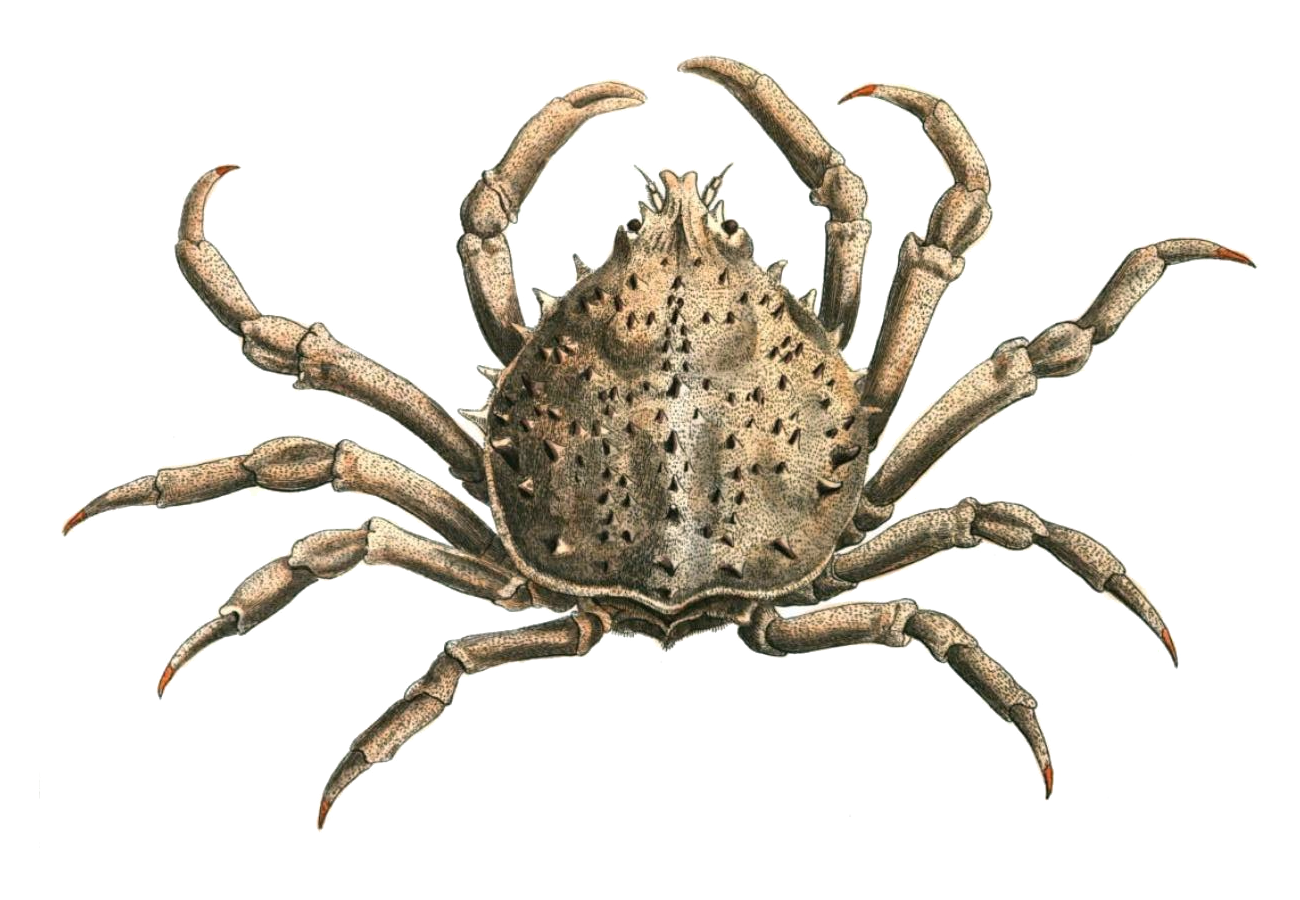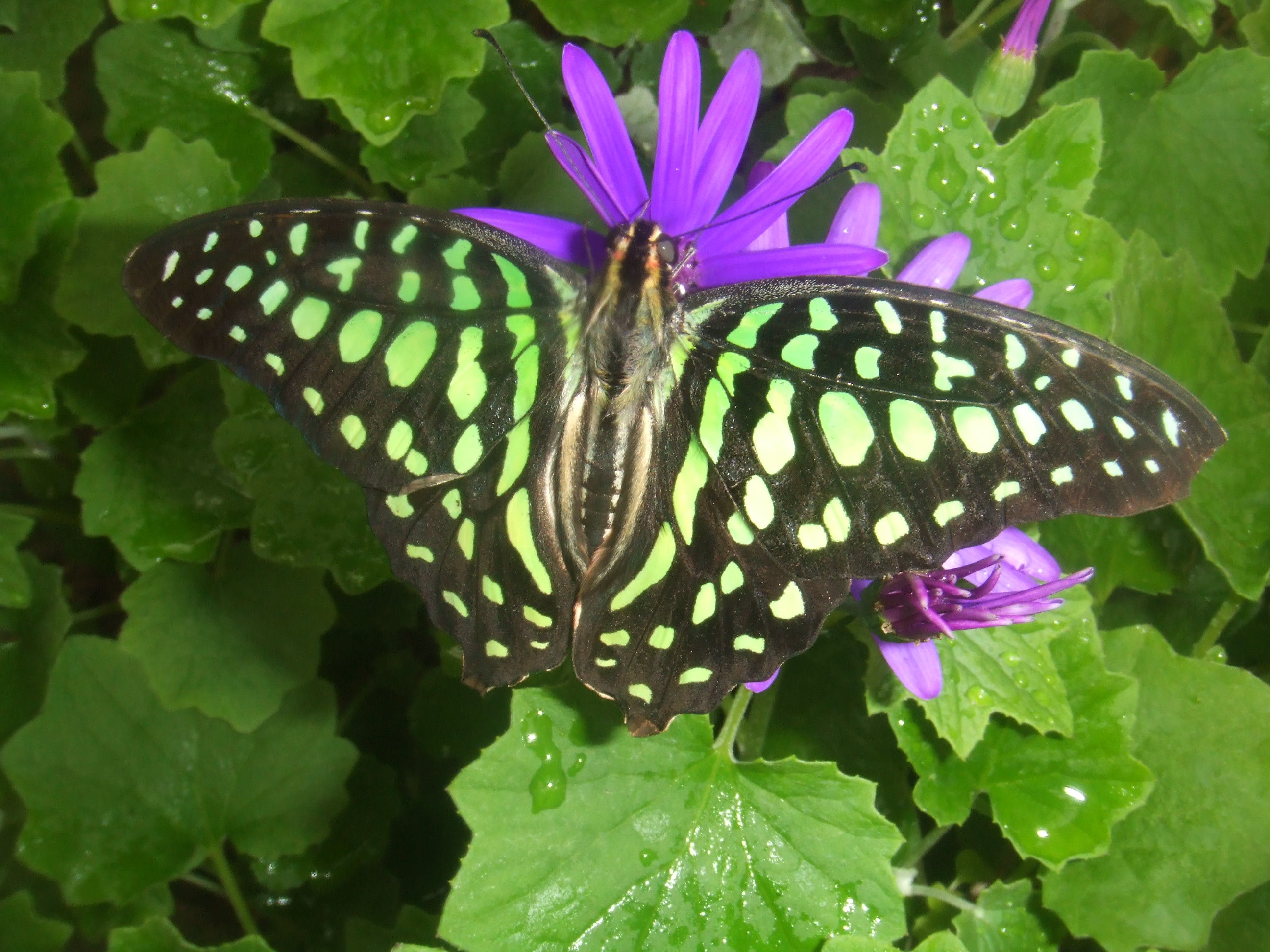|
Abraxas (moth)
''Abraxas'', the magpie moths, is a genus of moths in the family Geometridae. It was first described by William Elford Leach in 1815. Description Palpi porrect (extending forward) and roughly scaled. Hind tibia of male dilated with a fold containing a tuft of hair. Forewings with vein 3 from before angle of cell and veins 7, 8, 9 and 10, 11 stalked. Vein 11 becoming coincident with vein 12, or apparently absent. Hindwings with vein 3 from before angle of cell. Species The genus includes the following species: * '' Abraxas adilluminata'' Inoue, 1984 * '' Abraxas albiplaga'' (Warren, 1894) * '' Abraxas albiquadrata'' (Warren, 1897) * '' Abraxas antinebulosa'' Inoue, 1984 * '' Abraxas breueri'' Stüning & Hausmann, 2002 * '' Abraxas capitata'' Warren, 1894 * '' Abraxas celidota'' Wehrli, 1931 * '' Abraxas consputa'' Bastelberger, 1909 * '' Abraxas cupreilluminata'' Inoue, 1984 * '' Abraxas degener'' Warren, 1894 * '' Abraxas disrupta'' Warren, 1894 * '' Abraxas expectata'' Warren, ... [...More Info...] [...Related Items...] OR: [Wikipedia] [Google] [Baidu] |
William Elford Leach
William Elford Leach Royal Society, FRS (2 February 1791 – 25 August 1836) was an English zoologist and marine biologist. Life and work Elford Leach was born at Hoe Gate, Plymouth, the son of an attorney. At the age of twelve he began a medical apprenticeship at the Royal Devon and Exeter Hospital, Devonshire and Exeter Hospital, studying anatomy and chemistry. By this time he was already collecting marine animals from Plymouth Sound and along the Devon coast. At seventeen he began studying medicine at St Bartholomew's Hospital in London, finishing his training at the University of Edinburgh before graduating Doctor of Medicine, MD from the University of St Andrews (where he had never studied). From 1813 Leach concentrated on his zoological interests and was employed as an 'Assistant Librarian' (what would later be called Assistant Keeper) in the Natural History Museum, London, Natural History Department of the British Museum, where he had responsibility for the zoological ... [...More Info...] [...Related Items...] OR: [Wikipedia] [Google] [Baidu] |
Abraxas Flavisinuata
''Abraxas flavisinuata'' is a species of moth belonging to the family Geometridae. It was described by Warren in 1894. It is known from Japan Japan ( ja, 日本, or , and formally , ''Nihonkoku'') is an island country in East Asia. It is situated in the northwest Pacific Ocean, and is bordered on the west by the Sea of Japan, while extending from the Sea of Okhotsk in the north .... The wingspan is 34–44 mm. References Abraxini Moths of Japan Moths described in 1894 {{Abraxini-stub ... [...More Info...] [...Related Items...] OR: [Wikipedia] [Google] [Baidu] |
Abraxas Invasata
''Abraxas invasata'' is a species of moth belonging to the family Geometridae. It was described by William Warren in 1897 and it originates in Borneo. Its habitat consists of lower and upper mountain regions. The species mostly flies by day but may also come to light at night. References Abraxini Moths of Asia Moths described in 1897 {{Abraxini-stub ... [...More Info...] [...Related Items...] OR: [Wikipedia] [Google] [Baidu] |
Abraxas Intervacuata
''Abraxas intervacuata'' is a species of moth belonging to the family Geometridae. It was described by Warren in 1896. It is known from Borneo, Java and Sulawesi Sulawesi (), also known as Celebes (), is an island in Indonesia. One of the four Greater Sunda Islands, and the world's eleventh-largest island, it is situated east of Borneo, west of the Maluku Islands, and south of Mindanao and the Sulu Ar .... References Abraxini Moths of Asia Moths described in 1896 {{Abraxini-stub ... [...More Info...] [...Related Items...] OR: [Wikipedia] [Google] [Baidu] |
Abraxas Interpunctata
''Abraxas interpunctata'' is a species of moth belonging to the family Geometridae. It was described by Warren in 1905. It is known from Sula Island Sula Island is an island located in the Albay province of the Philippines. See also * List of islands of the Philippines The islands of the Philippines, also known as the Philippine Archipelago, comprises about 7,641 islands, of which only .... References Abraxini Moths of Asia Moths described in 1905 {{Abraxini-stub ... [...More Info...] [...Related Items...] OR: [Wikipedia] [Google] [Baidu] |
Abraxas Intermedia
''Abraxas intermedia'' is a species of moth belonging to the family Geometridae. It was described by Warren in 1888. It is known from Subathu in India. References Abraxini Moths of Asia Moths described in 1888 {{Abraxini-stub ... [...More Info...] [...Related Items...] OR: [Wikipedia] [Google] [Baidu] |
Abraxas Incolorata
''Abraxas incolorata'' is a species of moth belonging to the family Geometridae. It was described by Warren in 1894. It is known from Java. References Abraxini Moths of Indonesia Moths described in 1894 {{Abraxini-stub ... [...More Info...] [...Related Items...] OR: [Wikipedia] [Google] [Baidu] |
Abraxas Illuminata
''Abraxas illuminata'' is a species of moth belonging to the family Geometridae. It was described by Warren in 1894. It is known from Sikkim and Darjeeling in India, as well as China China, officially the People's Republic of China (PRC), is a country in East Asia. It is the world's most populous country, with a population exceeding 1.4 billion, slightly ahead of India. China spans the equivalent of five time zones and ... and Taiwan. The wingspan is about 47 mm. The larvae have been recorded feeding on '' Celastrus hindsii''. References Abraxini Moths of Asia Moths described in 1894 {{Abraxini-stub ... [...More Info...] [...Related Items...] OR: [Wikipedia] [Google] [Baidu] |
Lepidoptera In The 10th Edition Of Systema Naturae
In the 10th edition of ''Systema Naturae'', Carl Linnaeus classified the arthropods, including insects, arachnids and crustaceans, among his class "Insecta". Butterflies and moths were brought together under the name Lepidoptera. Linnaeus divided the group into three genera – ''Papilio'', ''Sphinx'' and ''Phalaena''. The first two, together with the seven subdivisions of the third, are now used as the basis for nine superfamily names: Papilionoidea, Sphingoidea, Bombycoidea, Noctuoidea, Geometroidea, Tortricoidea, Pyraloidea, Tineoidea and Alucitoidea. Themes When naming the nearly 200 species of butterflies known to him at the time, Linnaeus used names from classical mythology as specific names. These were thematically arranged into six groups, and were drawn from classical sources including the ''Fabulae'' of Gaius Julius Hyginus and Pliny the Elder's ''Naturalis Historia''. The first such group was the ''Equites'', or knights, which were divided into the ''Equites Trojani'' ... [...More Info...] [...Related Items...] OR: [Wikipedia] [Google] [Baidu] |
Carl Linnaeus
Carl Linnaeus (; 23 May 1707 – 10 January 1778), also known after his ennoblement in 1761 as Carl von Linné Blunt (2004), p. 171. (), was a Swedish botanist, zoologist, taxonomist, and physician who formalised binomial nomenclature, the modern system of naming organisms. He is known as the "father of modern taxonomy". Many of his writings were in Latin; his name is rendered in Latin as and, after his 1761 ennoblement, as . Linnaeus was born in Råshult, the countryside of Småland, in southern Sweden. He received most of his higher education at Uppsala University and began giving lectures in botany there in 1730. He lived abroad between 1735 and 1738, where he studied and also published the first edition of his ' in the Netherlands. He then returned to Sweden where he became professor of medicine and botany at Uppsala. In the 1740s, he was sent on several journeys through Sweden to find and classify plants and animals. In the 1750s and 1760s, he continued to collect an ... [...More Info...] [...Related Items...] OR: [Wikipedia] [Google] [Baidu] |
Abraxas Grossulariata
''Abraxas grossulariata'' is a moth of the family Geometridae, native to the Palearctic realm and North America. Its distinctive speckled coloration has given it a common name of magpie moth. The caterpillar is similarly coloured to the adult, and may be found feeding on the leaves of shrubs such as gooseberry and blackcurrant. The species was first described by Carl Linnaeus in his 1758 10th edition of ''Systema Naturae''. Description The length of the forewing is 18–25 mm. The strikingly patterned forewings have a white ground colour, with six transverse series of black stains, partly associated with a pale yellow basal cross band and another through the central area of the forewing. The hindwings are paler, and have a few, small dark stains. It is a highly variable species with many different forms. Research using ''Abraxas grossulariata'' led to the discovery of sex-linked characteristics. Caterpillar Abraxas grossulariata 03.jpg, Larva Magpie moth (Abraxas grossul ... [...More Info...] [...Related Items...] OR: [Wikipedia] [Google] [Baidu] |
Abraxas Gephyra
''Abraxas gephyra'' is a species of moth belonging to the family Geometridae. It was described by West in 1929. It is commonly found in Luzon, an island in the Philippines. References Abraxini Moths of Asia Moths described in 1929 {{Abraxini-stub ... [...More Info...] [...Related Items...] OR: [Wikipedia] [Google] [Baidu] |


